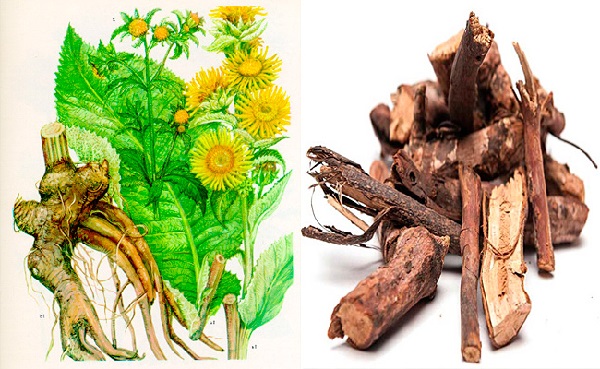Suvorov-style elecampane tea.
I read about woodlice, made a vodka tincture and drank it in winter. I learned about hydrogen peroxide and took notes.
At first I didn’t believe that the flu can be cured in a couple of days, but the case turned up, and now I’ve made sure from personal experience.
Yes, the flu can be prevented with hydrogen peroxide.
In the summer, I harvest medicinal herbs and distribute them to friends who need them. I like to walk — my garden is five kilometers from the city. I love nature very much.
When I get up on skis, I forget about all everyday problems, I get a charge of cheerfulness and good mood. Here are some helpful tips. I must also make my contribution to the common piggy bank!
Our commander A.V.Suvorov drank himself while crossing the Alps and ordered the soldiers to drink tea from a tall elecampane. The people endowed this plant with nine powers.
One of them is to increase the body’s resistance to cold and lack of oxygen.
In the transition period from autumn to winter and from winter to spring, during the week I drink an infusion of elecampane roots:
pour two tablespoons of roots with 1 liter of boiling water, leave for 20 minutes. Then I’ll hold it for 15 minutes in the bath and drink two or three sips 3 times a day between meals.
The infusion is bitter, can be sweetened. Everyone around me sneezes, coughs, suffers from a runny nose, and from me all these sores, like peas from the wall, fly off. This is how I save myself from the flu.
Influenza is an acute viral disease that can affect the upper and lower respiratory tract, is accompanied by severe intoxication and can lead to serious complications and deaths — mainly in elderly patients and children.
Influenza and ARVI are diseases that are close to each other — both in the way of infection and in the main manifestations, but they are not the same thing.
Influenza causes much greater intoxication, is often difficult and leads to various kinds of complications.
The source of infection is a sick person.
Viruses are excreted with saliva, phlegm, nasal discharge — when coughing and sneezing.
Viruses can get on the mucous membranes of the nose, eyes or upper respiratory tract directly from the air, in close contact with a sick person; but they can settle on various surfaces and then get on the mucous membranes through the hands or when using common hygiene items with the patient.
Then the virus enters the mucous membrane of the upper respiratory tract (nose, pharynx, larynx or trachea), enters the cells and begins to multiply actively.
In just a few hours, the virus infects almost the entire mucous membrane of the upper respiratory tract.
